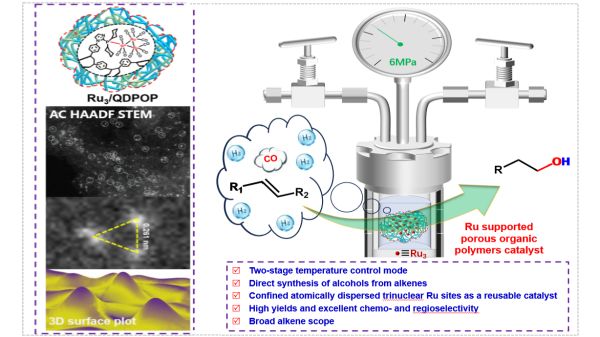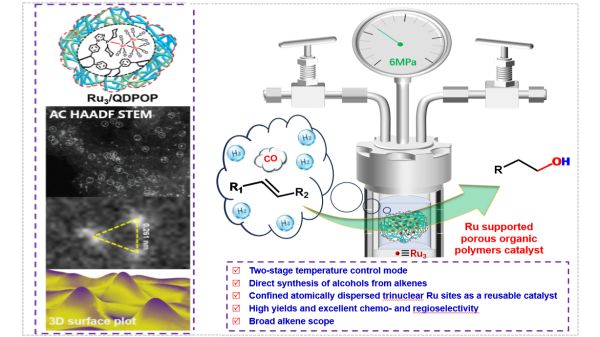

It is understood that stearyl methacrylate is a white waxy solid with a melting point of 21.4°C. It is produced by melt esterification method using methacrylic acid and stearyl alcohol as raw materials, dodecylbenzene sulfonic acid as catalyst and hydroquinone as polymerization inhibitor.
Stearyl methacrylate is widely used, specifically as follows:
1. Surface treatment agent:
A Octearyl acrylate can be used as a surface treatment agent with excellent wettability and dispersion, and is widely used in cosmetics, coatings, inks, dyes and other industries. It can improve the coating performance and color uniformity of the product, and improve the gloss and anti-pollution performance of the product.
2. Polymer materials:
Stedeyl methacrylate can be polymerized with other monomers to obtain polymer materials. These polymer materials have good heat resistance and weather resistance and are widely used in plastics, rubber, textiles and other fields. Polystearylene methacrylate can be used to prepare brush bristles with good softness and durability.
3. Oilfield additives:
Stedeyl methacrylate can be used as an oilfield additive and has excellent viscosity reducing and viscosity increasing effects. It can increase the viscosity of oil well water, reduce fluid permeability, and improve oil recovery effects. Octearyl methacrylate can also be used to adjust drilling fluids and cement slurries to improve drilling and cementing processes.
4. Others:
Octearyl methacrylate also has some applications in other fields, such as coating additives, ink diluents, chemical intermediates, etc. It has special chemical properties and physical properties in these fields and can play a unique role.
amine catalyst Dabco 8154 – BDMAEE
2-ethylhexanoic-acid-potassium-CAS-3164-85-0-Dabco-K-15.pdf (bdmaee.net)
Dabco BL-11 catalyst CAS3033-62-3 Evonik Germany – BDMAEE
Polycat 9 catalyst CAS33329-35-6 Evonik Germany.pdf – BDMAEE
Dabco NE300 catalyst CAS10861-07-1 Evonik Germany.pdf (bdmaee.net)
Dabco 1027 Catalyst CAS100515-55-5 Evonik Germany – BDMAEE
Fomrez UL-28 Catalyst Dimethyltin Dioctadecanoate Momentive – BDMAEE
Polycat 77 catalyst CAS3855-32-1 Evonik Germany.pdf (bdmaee.net)






